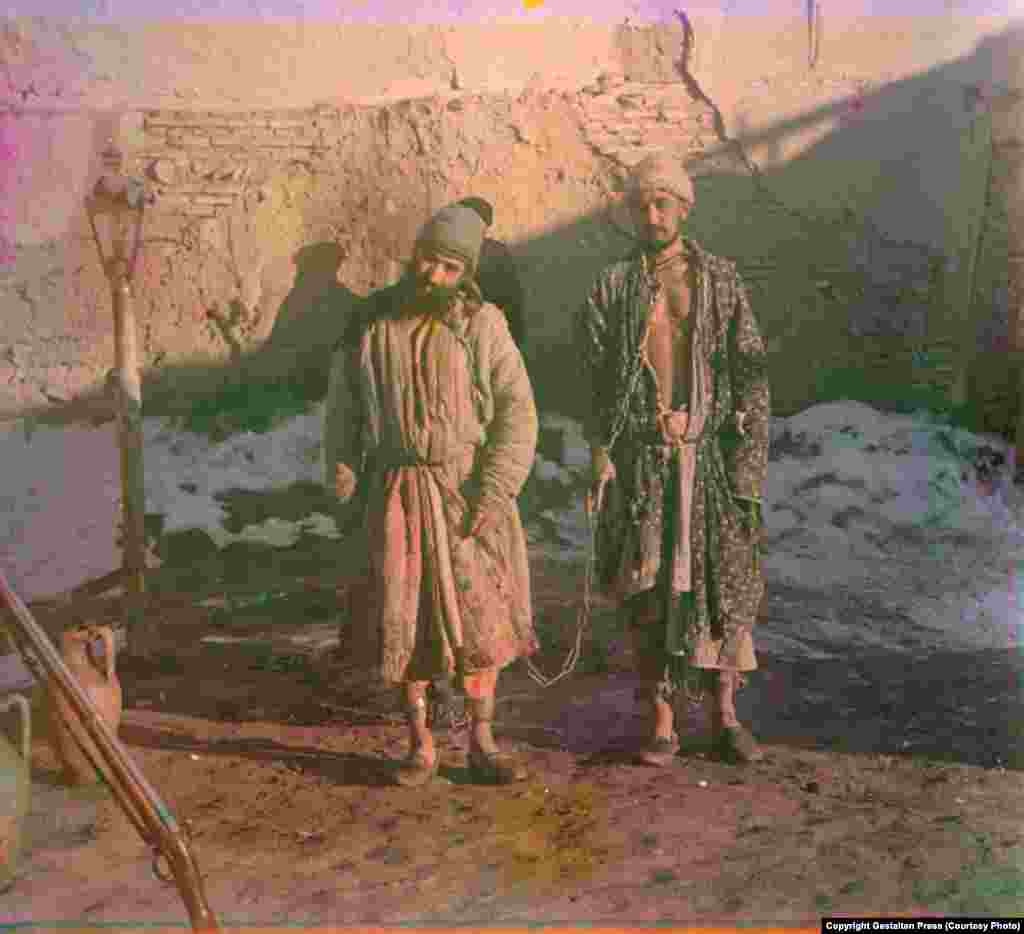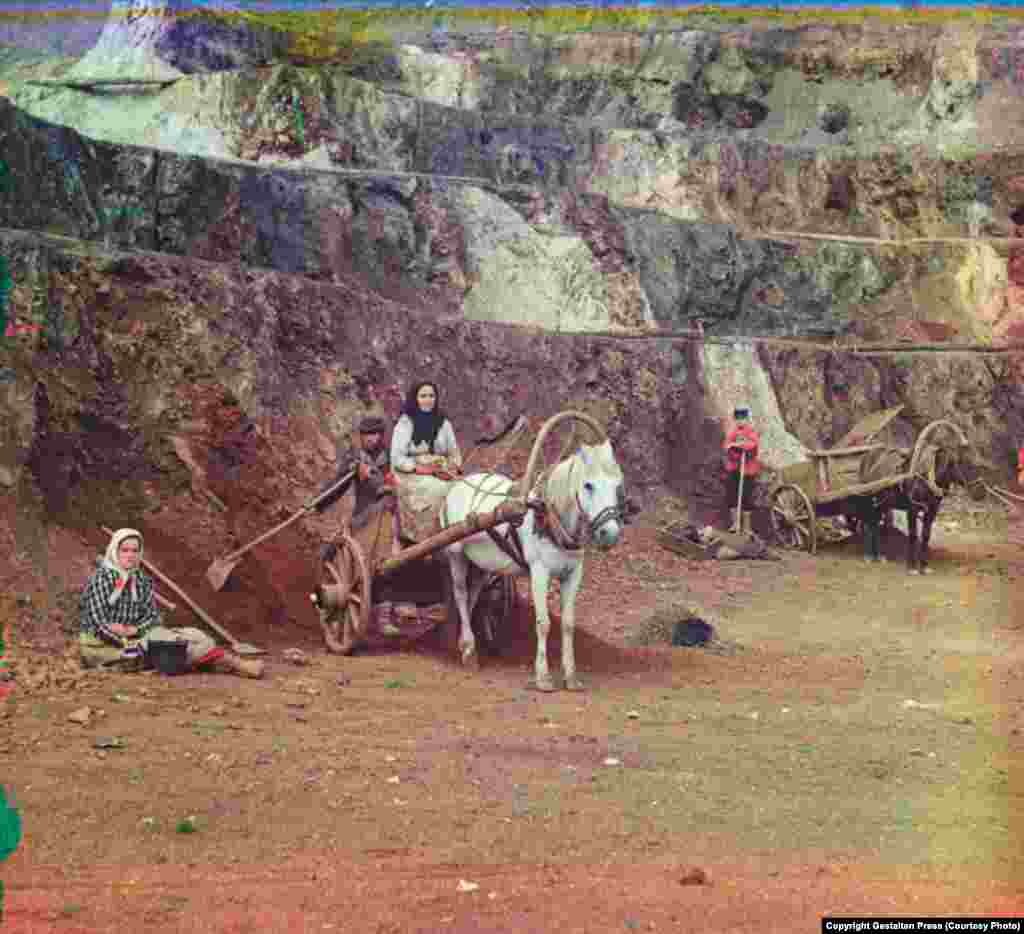Photos that are more than 100 years old aren’t supposed to be in color. Color film wasn’t widely available until the 1940s.
So looking at the work of Russian chemist and photographer Sergei Mikhailovich Prokhudin-Gorskii (1863-1944) is a bit akin to the surprising and wonderful moment in "The Wizard of Oz" when it turns from black and white into vibrant Technicolor.
Between 1909 and 1912 and again in 1915, Prokhudin-Gorskii won the support of Tsar Nicholas II to undertake an ambitious project to document the people and places of the Russian Empire. He traveled across 11 Russian regions in a specially designed railroad car that was given to him by the Transportation Ministry.
Prokhudin-Gorskii invented a method for color photography that involved color-sensitive glass plates and three color filters that resulted in a super-saturated image with numerous imperfections that somehow only enhance their charm. Some of the photographs appear almost 3D.
As Gestalten explains: "[Prokudin-Gorskii] used a camera that exposed one oblong glass plate three times in rapid succession through three different color filters: blue, green, and red. For formal presentations, the negative plate was placed in a triple lens lantern so the three exposures could be superimposed to form a full color image on a screen."
Almost 300 of his images have been lovingly restored by the U.S. Library of Congress, which purchased the entire collection of nearly 2,000 glass negatives in 1948. They're available in a new book by Germany’s Gestalten Press titled “Nostalgia: The Russian Empire of Czar Nicholas II.”
As Gestalten publisher Robert Klanten told “Time” magazine: “It is as rare as hen’s teeth to have color photography from that era...Most people think of the past as something that happened in black and white.”
The entire collection of Prokhudin-Gorskii's photographs can be explored further at the Library of Congress’s website.
So looking at the work of Russian chemist and photographer Sergei Mikhailovich Prokhudin-Gorskii (1863-1944) is a bit akin to the surprising and wonderful moment in "The Wizard of Oz" when it turns from black and white into vibrant Technicolor.
Between 1909 and 1912 and again in 1915, Prokhudin-Gorskii won the support of Tsar Nicholas II to undertake an ambitious project to document the people and places of the Russian Empire. He traveled across 11 Russian regions in a specially designed railroad car that was given to him by the Transportation Ministry.
Prokhudin-Gorskii invented a method for color photography that involved color-sensitive glass plates and three color filters that resulted in a super-saturated image with numerous imperfections that somehow only enhance their charm. Some of the photographs appear almost 3D.
As Gestalten explains: "[Prokudin-Gorskii] used a camera that exposed one oblong glass plate three times in rapid succession through three different color filters: blue, green, and red. For formal presentations, the negative plate was placed in a triple lens lantern so the three exposures could be superimposed to form a full color image on a screen."
Almost 300 of his images have been lovingly restored by the U.S. Library of Congress, which purchased the entire collection of nearly 2,000 glass negatives in 1948. They're available in a new book by Germany’s Gestalten Press titled “Nostalgia: The Russian Empire of Czar Nicholas II.”
As Gestalten publisher Robert Klanten told “Time” magazine: “It is as rare as hen’s teeth to have color photography from that era...Most people think of the past as something that happened in black and white.”
The entire collection of Prokhudin-Gorskii's photographs can be explored further at the Library of Congress’s website.
























